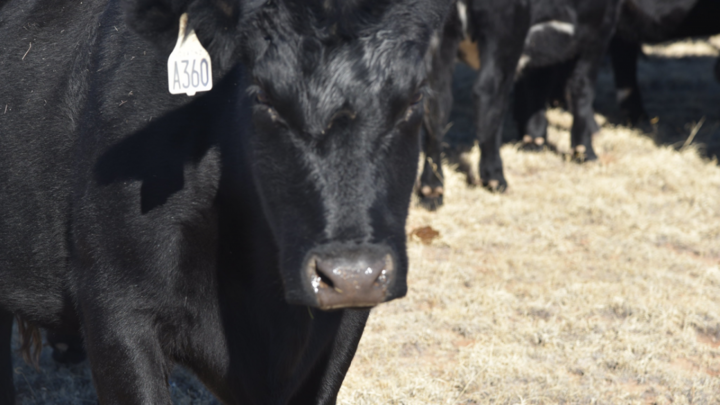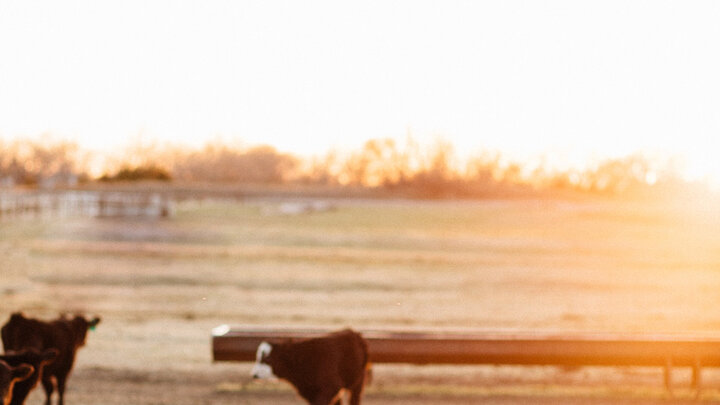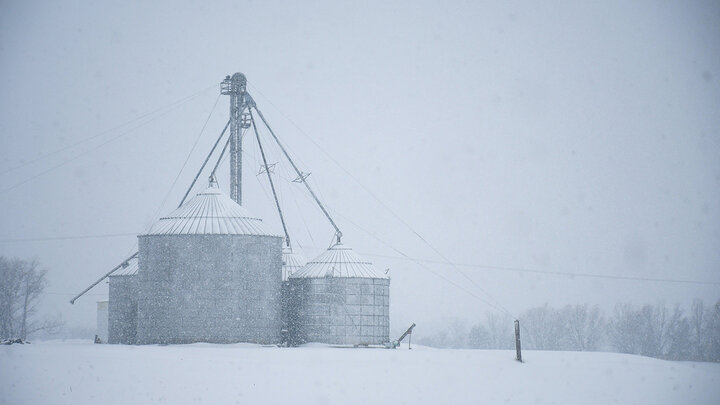Delivery vs. cash-settled
One of the primary purposes of the Chicago Mercantile Exchange (CME) is to provide a standard contract where buyers and sellers of commodities can negotiate on one thing – price. These contracts create purchase and delivery agreements between parties. Historically, all contracts that were not “offset” before contract expiration required physical delivery and receipt of the commodity. Over time, the CME started to change contract expiration requirements to include a “cash-settled index.” Feeder cattle transitioned to an index in 1986 and lean hogs in 1997. Live Cattle futures contracts (LC) are one of only three commodities offered by the Chicago Mercantile Exchange where physical deliveries can occur.
Why and the effect of deliveries occurring
For the live cattle futures contract to function as an effective hedging instrument, the price must converge with the local fed cattle price predictably as the contract nears expiration. The primary purpose of delivery is to “force” convergence in prices. Further, physical delivery does not need to constantly occur to force convergence in prices. Often only the threat of delivery is sufficient.
Cattle delivery will only occur when cash is less than futures. In other words, when the basis is negative (i.e. weak/wide). If live cattle are delivered, it simultaneously reduces futures prices, given the entity receiving the delivery must liquidate their position in the futures market and increases cash prices, as there are now fewer cattle in the cash market. Delivery will continue to occur until the basis becomes more positive (i.e. strengthens/narrows) to the point where the costs and risks of delivery are no longer covered. Generally, this point is when the current and historical local fed cattle basis align. Delivery will not occur when cash is greater than futures because it would have a net effect of weakening/widening basis, which can reduce profitability for short hedgers (i.e. producers).
Physical delivery in Nebraska
Stockyard Delivery Locations
Currently, the five CME-approved live cattle delivery locations in Nebraska are: Burwell, Kearney, Lexington, Ogallala and West Point. Weekly total live cattle delivery is 360 CME LC contracts, or 23% of the total CME-approved live delivery weekly capacity. The Texas/Oklahoma/New Mexico fed cattle region has the highest rated weekly capacity at 720 LC contracts, or 45% of total industry weekly capacity. Approved CME live cattle delivery locations do change periodically. For example, Columbus, Neb., and North Platte, Neb., were previously CME-approved live delivery locations that are no longer currently approved. The most current listing of approved locations can be found here at CME and are displayed in Table 1.
Historical live cattle delivery patterns in Nebraska
Live and carcass deliveries have seasonal fluctuations. Delivery primarily occurs in the month the CME LC contract expires (i.e. February, June, August, October, December). Delivery occurs most frequently in February, June and October. Most of the total deliveries between 2011-2017 occurred in Fall of 2012, Spring of 2013, and Fall of 2015. Deliveries have also become rarer in recent years. Of the total 1,913 completed deliveries, 56% were delivered live compared to 44% delivered on a carcass-basis. In February 2021, we saw one of the highest levels of delivery activity since 2012 which caused a large amount of market movement.
There are also regional differences. Nebraska and Texas/Oklahoma/New Mexico prefer carcass deliveries, while Iowa/Minnesota/South Dakota are even, and Kansas is largely delivered on a live basis. These regional differences reflect that longs have preferences for the type of delivery given where cattle are committed to be delivered.
Summary and industry implications
There are several strengths and weaknesses to the current stockyard delivery system. Some of the strengths include producers being able to be actively involved in the convergent, having a process that is understood by experienced feeders and risk managers and delivery specifications that detail exactly how cattle delivery will occur. Weaknesses surrounding this method include delivery capacity, constraints and the logistics being cumbersome and costly, with both delivery and carcass grading. Whether the industry continues to use the actual delivery mechanism in the future is likely driven by industry use and perception of effectiveness when used.
| Location | Daily Rated Delivery | Blackout Days | Weekly Rated Delivery | Number of Stockyard Locations | Total LC Futures Contracts Settled by Physical Delivery Between 2011-2017 | ||
|---|---|---|---|---|---|---|---|
| Live | Carcass | Total | |||||
| Nebraska | |||||||
| Burwell, NEa | 30 | TH,F | 90 | 1 | 67 | 64 | 131 |
| Kearney, NEb | 15 | TU,W | 45 | 1 | 43 | 6 | 49 |
| Lexington, NEc | 20 | TH,F | 60 | 1 | 10 | 0 | 10 |
| Ogallala, NE | 25 | W,TH | 75 | 1 | 10 | 0 | 10 |
| West Point, NE | 30 | M,TH | 90 | 1 | 0 | 33 | 33 |
| Region Totals | |||||||
| Nebraska | 120 | - | 360 | 5 | 103 | 130 | 223 |
| TX/OK/NM | 180 | - | 720 | 5 | 127 | 206 | 333 |
| Kansas | 65 | - | 260 | 2 | 433 | 83 | 516 |
| Colorado | 25 | - | 70 | 2 | 47 | 10 | 57 |
| IA/MN/SD | 60 | - | 180 | 1 | 369 | 405 | 774 |
| Total US | 450 | - | 1590 | 15 | 1079 | 834 | 1913 |
Note: aRepresents data from Norfolk, NE; bRepresents data from Columbus, NE; cRepresents data from North Platte, NE.
Source: Compiled from CME reports, reported by Coffey and Schroeder (2018).




